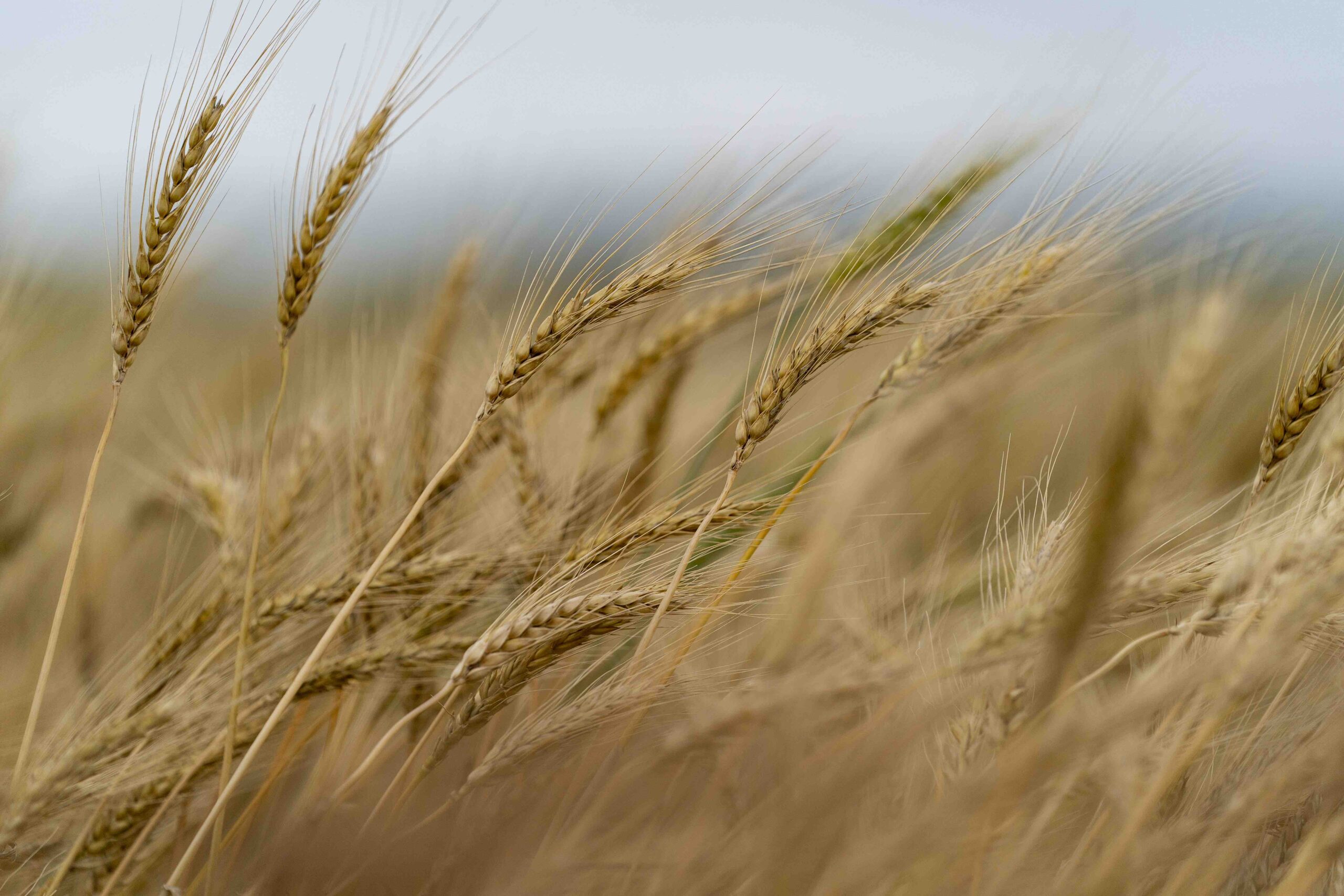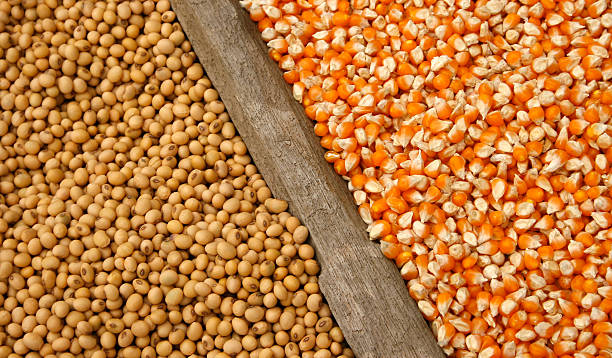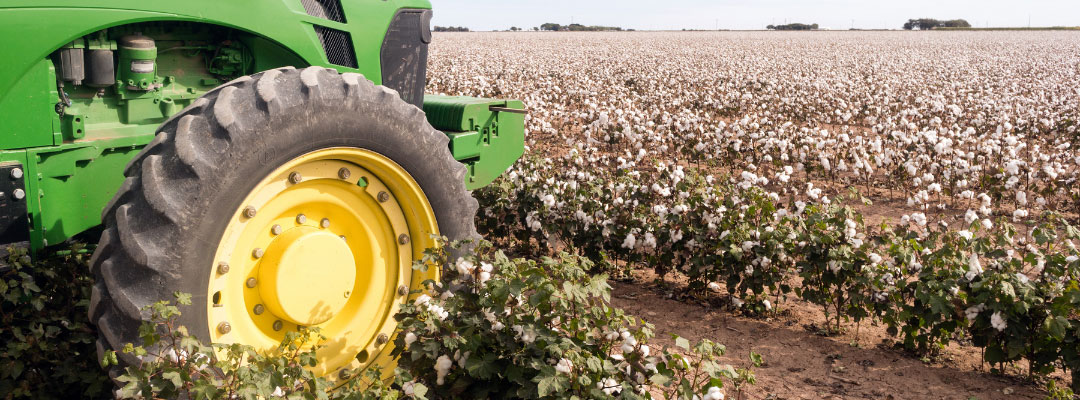World wheat production exceeded world wheat consumption for 7 out of 8 marketing years from the 2013/14 marketing year to 2019/20. The stocks-to-use ratio as measured by days of use on hand at the end of the marketing year increased from a 104-day supply to 146 days on hand over the same period. Since 2020/21, we have seen four consecutive years of total use greater than production. Days on hand have subsequently fallen back to a 119-day supply. During this period, Russia invaded Ukraine in February 2022, raising concerns over exportable wheat supplies from the critical Black Sea wheat producing region.
As world wheat supplies tightened, cash wheat prices doubled from the summer of 2020 to the fall of 2021, from just under $4 per bushel to $8, then to over $12 in the months after the invasion. Prices have since fallen back to levels last seen in the summer of 2021 (the early stages of the 2021/22 marketing year). This price retracement has occurred even though world days of use on hand at the end of the marketing year are lower, and the conflict in Ukraine continues.
Figure 1. Texas Cash Wheat Prices, weekly

A key factor behind prices moving lower despite tightening world wheat fundamentals is the continued movement of wheat from the Black Sea region. In the marketing year prior to the invasion, Russia and Ukraine exported 56 mmt of wheat, 28% of world wheat exports. Current estimates for the 2023/24 marketing year are for combined exports of 60 mmt, 29% of the world total.
This export total is a result of record wheat exports from Russia and a 50% reduction in exports from Ukraine. Russia has gone from virtually no wheat exports in the 2000/2001 marketing year to a projected 49 mmt in the 2023/2024 marketing year. (Figure 2) Export capability comes from a 50% increase in production over the last 10 years. Further, Russia has increased production by 10 million harvested acres since 2013, and increased yields from 33 to 47 bushels per acre.
Figure 2. Russia Wheat Production, Exports, Consumption, and Ending Stocks

Russian wheat supplies are of increased importance to the world wheat market. Russia’s wheat exports have increased against a backdrop of tightening world wheat fundamentals. Wheat prices have fallen as wheat exports continue from the Black Sea region, even though the supply and demand situation for world wheat is tighter than before the Russian invasion of Ukraine. In the current world wheat supply and demand environment, any substantial limitation or reduction in exportable wheat supplies from Russia (e.g., due to reduced wheat production, export policy, or geopolitical forces) would likely result in a significantly amplified price response.
References
USDA, Foreign Agricultural Service, Production, Supply, Distribution Database. Accessed October 5, 2023, https://apps.fas.usda.gov/psdonline/app/index.html#/app/home.
USDA, Office of the Chief Economist, World Agricultural Supply and Demand Estimates, September 12, 2023.
Welch, J. Mark. “Russian Wheat Production and World Wheat Market Fundamentals.” Southern Ag Today 3(42.1). October 16, 2023. Permalink












